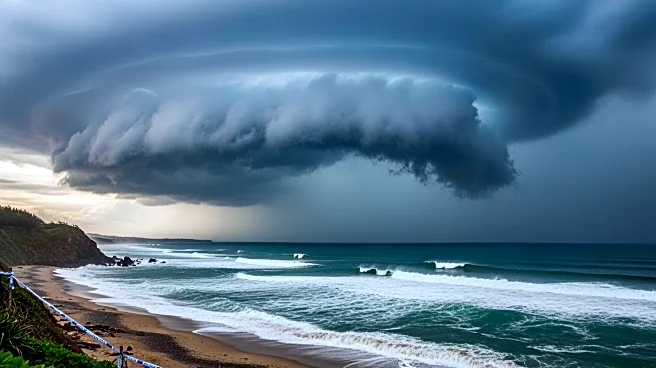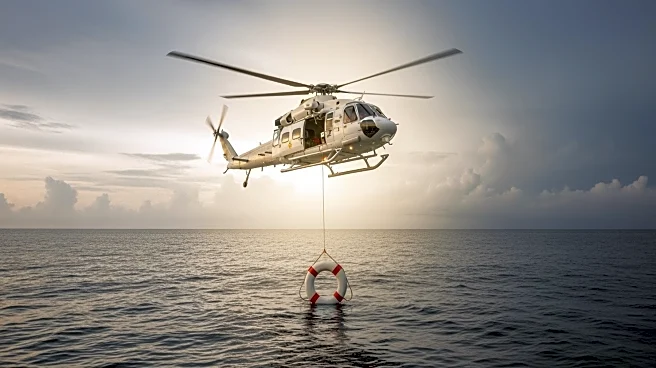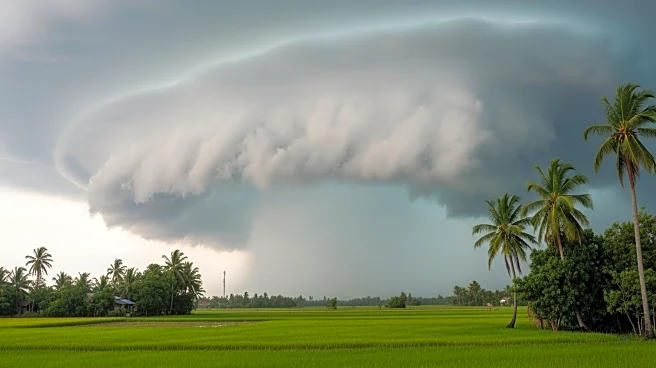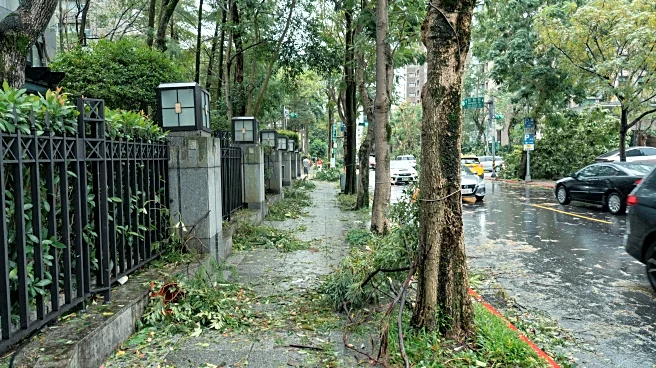What's Happening?
Typhoon Kalmaegi has wreaked havoc across Vietnam and the Philippines, resulting in significant loss of life and widespread destruction. In Vietnam, the storm killed at least five people, while in the Philippines, it
left 204 dead and displaced over 500,000 individuals. The typhoon caused catastrophic flooding and infrastructure damage, with homes flattened and power grids disrupted. As recovery efforts begin, the Philippines braces for another approaching typhoon, Fung-wong, with a national emergency alert in effect. Scientists warn that climate change is intensifying typhoons in Southeast Asia, making them more destructive and frequent.
Why It's Important?
The impact of Typhoon Kalmaegi underscores the vulnerability of Southeast Asian countries to extreme weather events, exacerbated by climate change. The destruction highlights the urgent need for improved disaster preparedness and infrastructure resilience in these regions. The economic implications are significant, with billions in damages affecting local economies and livelihoods. The situation calls for international cooperation and support to aid recovery efforts and enhance future resilience against such natural disasters.
What's Next?
As the Philippines prepares for Typhoon Fung-wong, authorities are likely to focus on evacuation plans and emergency response strategies to minimize casualties and damage. The ongoing recovery efforts in Vietnam and the Philippines will require substantial resources and coordination among government agencies, NGOs, and international partners. Long-term strategies may involve investing in climate adaptation measures and infrastructure improvements to better withstand future storms.
Beyond the Headlines
The increasing frequency and intensity of typhoons in Southeast Asia raise ethical and policy questions about global climate action and responsibility. The situation highlights the need for equitable climate policies that address the disproportionate impact on vulnerable regions. It also emphasizes the cultural and social dimensions of disaster recovery, as communities strive to rebuild and cope with loss.












